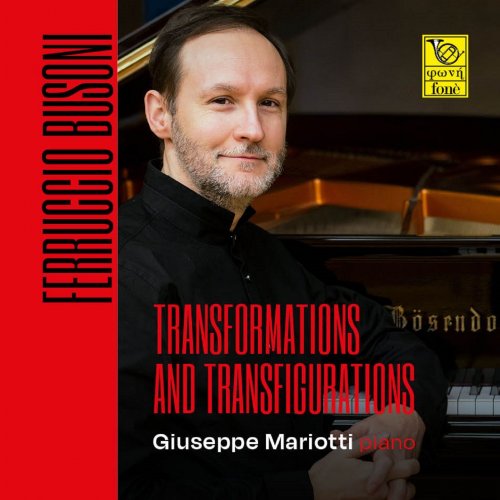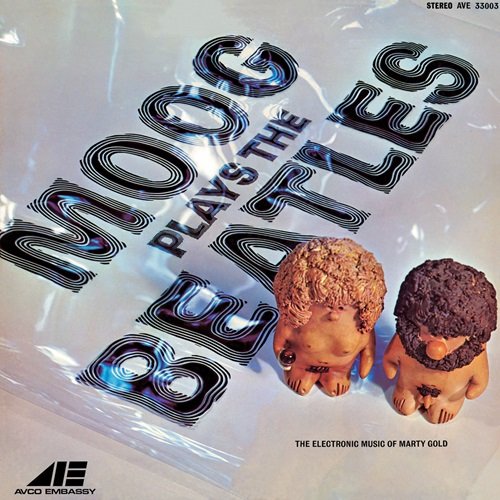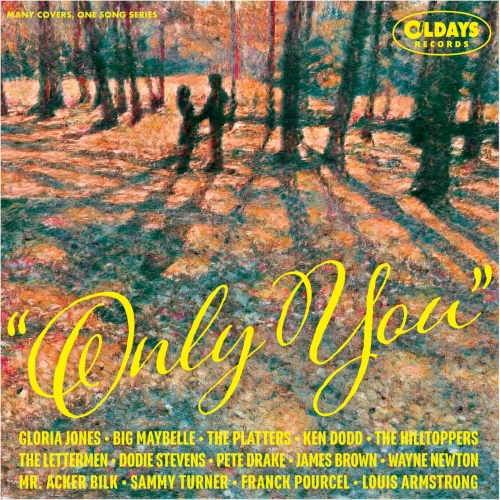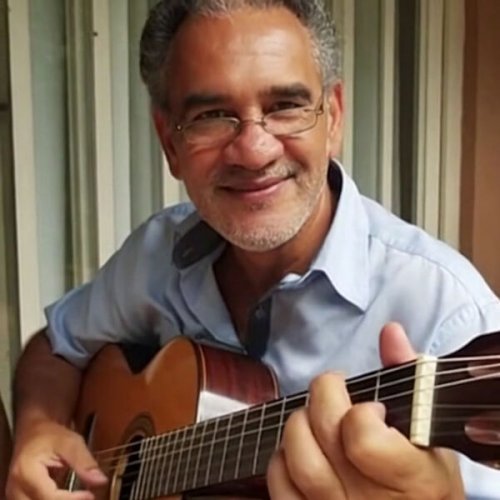Giuseppe Mariotti - Ferruccio busoni (Transformations and transfigurations) (1995) [DSD & Hi-Res]

Artist: Giuseppe Mariotti
Title: Ferruccio busoni (Transformations and transfigurations)
Year Of Release: 1995/2024
Label: Fonè Records
Genre: Classical Piano
Quality: flac lossless (tracks) / flac 24bits - 96.0kHz / DSD64 +booklet
Total Time: 00:53:54
Total Size: 182 / 915 mb / 2.12 gb
WebSite: Album Preview
TracklistTitle: Ferruccio busoni (Transformations and transfigurations)
Year Of Release: 1995/2024
Label: Fonè Records
Genre: Classical Piano
Quality: flac lossless (tracks) / flac 24bits - 96.0kHz / DSD64 +booklet
Total Time: 00:53:54
Total Size: 182 / 915 mb / 2.12 gb
WebSite: Album Preview
01. Sonatina brevis in Signo Joannis Sebastiani Magni, No.5, BV 280
02. Elegien, No.2, BV 249: II. All’Italia. In modo napolitano (Andante barcarolo)
03. Elegien, No.1, BV 249: I. Nach der Wendung. Recueillement (Sostenuto, quasi Adagio)
04. Elegien, No.4, BV 249: IV. Turandots Frauengemach. Intermezzo (Andantino sereno - Più vivo e distaccato e ritmato)
05. Elegien, No.7, BV 252: VII. Berceuse (Andantino calmo)
06. Sonatina super "Carmen", No.6, BV 284 (Kammer-Fantasie über Bizets Carmen)
07. Choral Vorspiel über ein Bachsches Fragment, BV 256a
08. Nuit de Noel. Esquisse pur le piano, BV 251
09. Toccata. Preludio - Fantasia - Ciaccona, BV 287 "Quasi Presto, arditamente - Sostenuto, quasi Adagio - Allegro risoluto"
Ferruccio Busoni stands as a towering figure in the musical landscape of the turn of the century. His unbridled activity as a man and musician shaped his entire life, and his universal genius allowed him to reach absolute and, unfortunately often misunderstood, artistic heights. His impressive virtuosity never seemed imposing, and his avant-garde and highly original musical vision became legendary. Beloved by audiences since his youth, he often baffled critics. His later compositions in particular rank among the most important and brilliant of his time: his works for piano and especially those for orchestra and opera influenced an entire generation of musicians. He vehemently advocated for the performance and publication of works and critical essays of then-contemporary music. Arnold Schoenberg, for example, who succeeded him as teacher of the composition class at the Berlin Academy of Music, found great support in his work through Busoni. Busoni's literary education and keen intellect allowed him to write the text of his operas himself, to correspond with the greatest figures of his time, and to publish some essential works, of which the most significant is the Entwurf einer neuen Ästhetik der Tonkunst (Sketch of a New Aesthetic of Music) (1907), in which he describes pioneering intuitions, such as the dodecaphonic system, microtonality, and new notation systems, and even makes predictions about electronic music. He was the inspirer of a new piano construction, namely the Imperial model of the Viennese piano manufacturer Bösendorfer, which was also used for this recording.

![Turma da Gafieira - Samba Em Hi-Fi (2022) [Hi-Res] Turma da Gafieira - Samba Em Hi-Fi (2022) [Hi-Res]](https://img.israbox.com/img/2025-12/25/uoi60ek915jn9jylif45ufqxd.jpg)

![VA - Who Loves You? A Tribute To Jaco Pastorius (2003) [Hi-Res] VA - Who Loves You? A Tribute To Jaco Pastorius (2003) [Hi-Res]](https://www.dibpic.com/uploads/posts/2025-12/1766570996_r8byrhmtd2qlc_600.jpg)
![Ikumi Koyama - The Things In The Past (2025) [Hi-Res] Ikumi Koyama - The Things In The Past (2025) [Hi-Res]](https://www.dibpic.com/uploads/posts/2025-12/1766721860_wwg1kc91dmcgc_600.jpg)



![Mariano Otero - Danza (2018) [Hi-Res] Mariano Otero - Danza (2018) [Hi-Res]](https://www.dibpic.com/uploads/posts/2025-12/1766495996_t41dgnjj3d1sb_600.jpg)